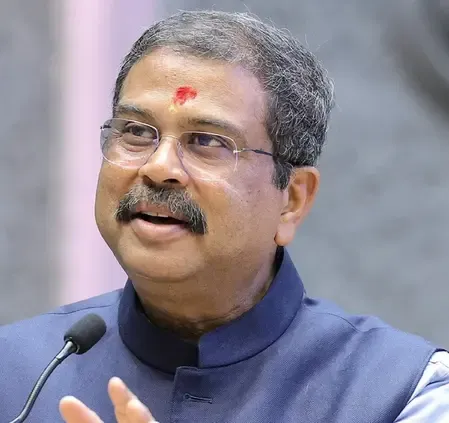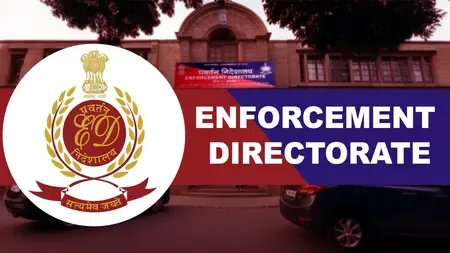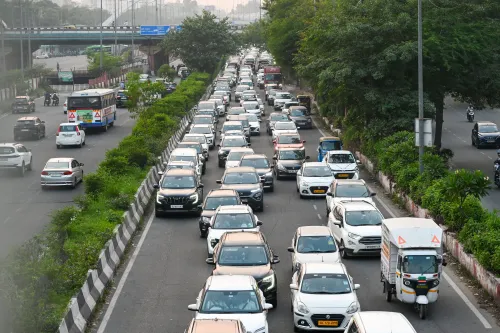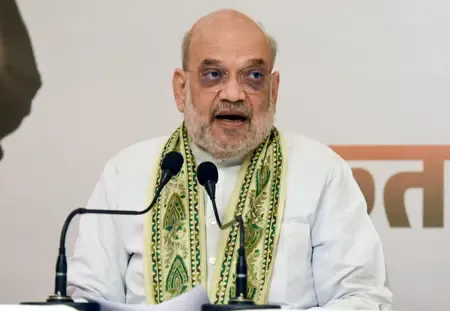How Many Smart Classrooms Have Been Approved by May 31?

Synopsis
Key Takeaways
- 1,46,040 smart classrooms approved nationwide.
- Financial support includes Rs 2.40 lakh for setup and Rs 38,000 for recurring costs.
- Broadband connectivity to schools in rural areas under BharatNet.
- Focus on inclusive education as per NEP 2020.
- Efforts to enhance digital literacy among students and teachers.
New Delhi, July 28 (NationPress) As of May 31, 2025, a remarkable 1,46,040 smart classrooms have received approval nationwide under the Centrally Sponsored integrated scheme for school education known as Samagra Shiksha, as reported in the Lok Sabha on Monday.
The Minister of Education, Dharmendra Pradhan, addressed inquiries regarding the introduction of smart classrooms in rural regions, noting that there are 5,155 smart classrooms in Maharashtra, 9,531 in Madhya Pradesh, and 192 in the Union Territory of Dadra and Nagar Haveli.
Discussing the financial aspects, the Minister stated that the non-recurring grant for smart classrooms (with two smart classrooms per school) is set at Rs 2.40 lakh, while the recurring grant stands at Rs 38,000, which covers e-content, digital resources, and electricity costs.
Pradhan responded to questions raised by Shiv Sena MP Sandipanrao Bhumre and BJP MP Kalaben Delkar.
The Department of School Education and Literacy has been executing Samagra Shiksha – an Integrated Scheme for School Education since 2018-19.
“This comprehensive programme views the ‘school’ as a continuum from pre-school to Grade 12, operational across the nation, including rural settings. The scheme's vision is to provide inclusive and equitable quality education in line with the National Education Policy 2020,” Pradhan stated.
As part of the Budget 2025, the Government of India has also committed to providing broadband connectivity to all government secondary schools in rural areas through the BharatNet project, aimed at improving digital infrastructure in remote regions.
The Education Minister urged State/UT Governments to adapt their strategies based on local conditions to fulfill the digital access needs of students and teachers for effective teaching and learning.
The National Education Policy 2020 emphasizes the need for investments in digital infrastructure, online teaching platforms, virtual labs, digital repositories, online assessments, and pedagogical tools for online education, prompting various initiatives.
Furthermore, digital literacy programs targeting students, teachers, and all stakeholders have been expanded with necessary funding mechanisms under Samagra Shiksha in accordance with NEP 2020.









